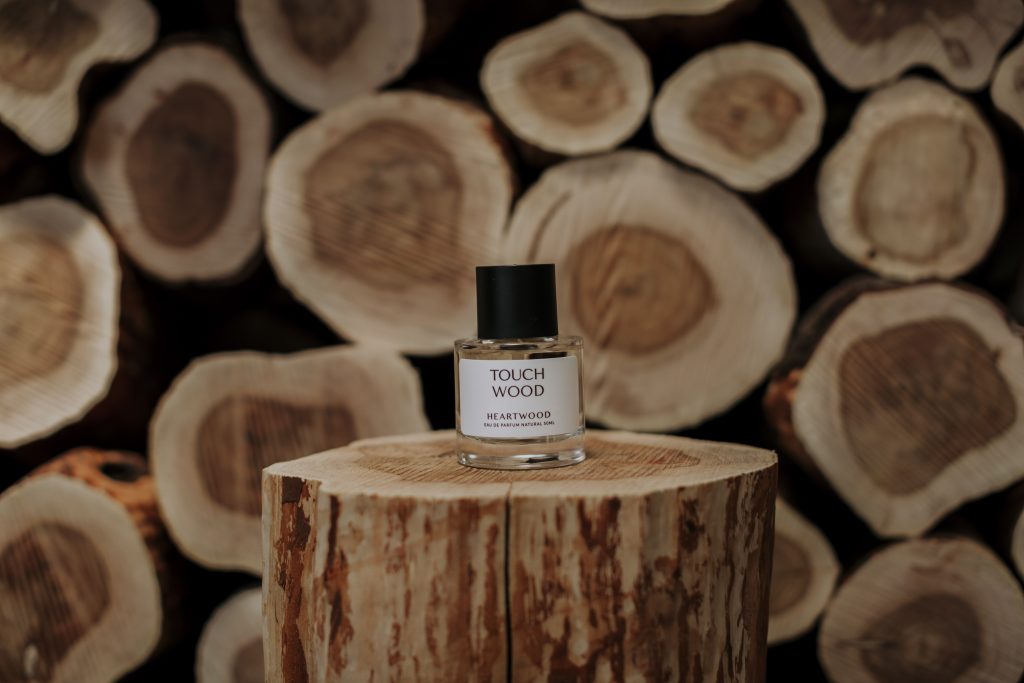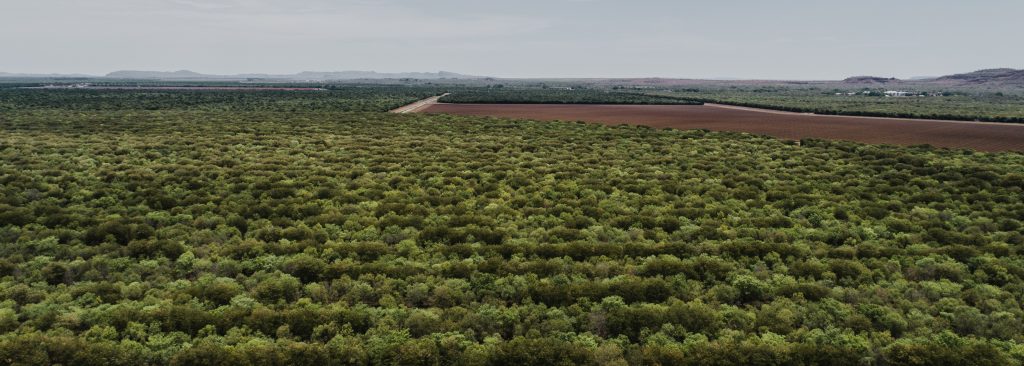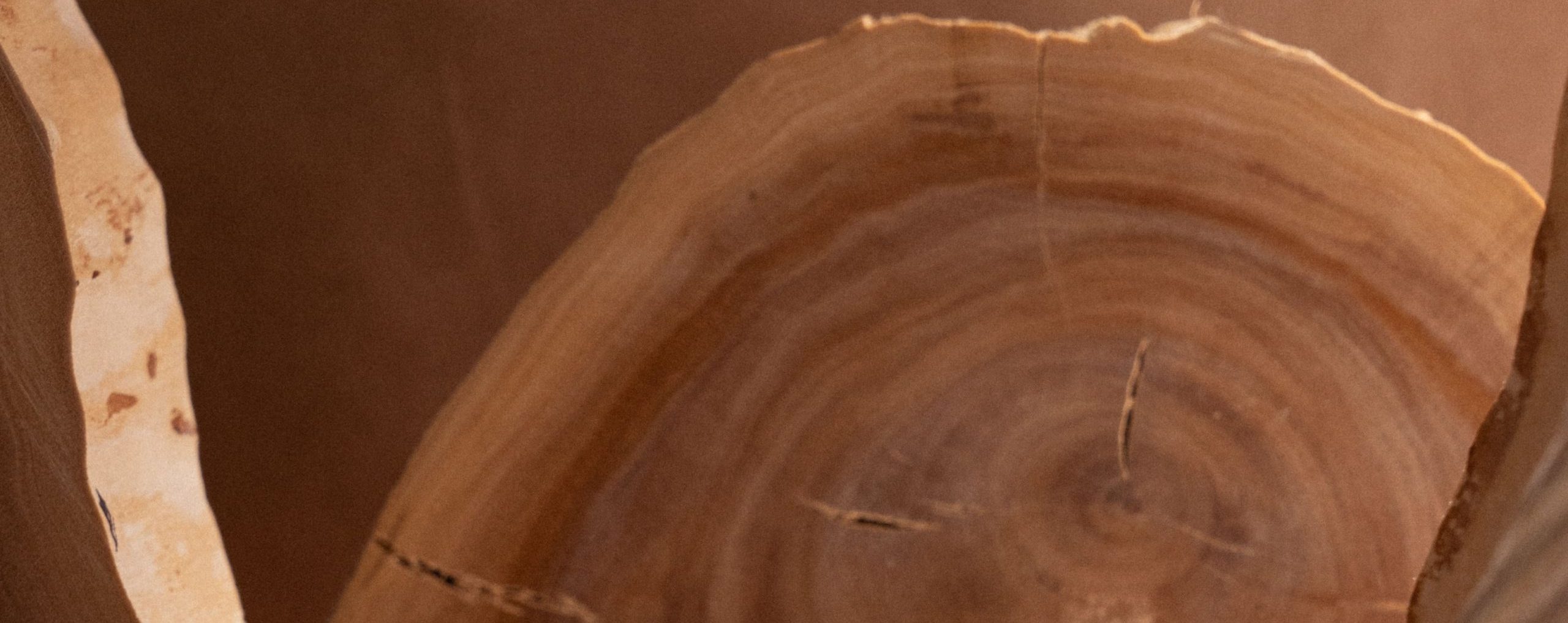SPICY, GROUNDING, WARM, SENSUAL, MILKY, CREAMY, VELVETY
The scent of Indian sandalwood has captivated humankind across cultures, time, and places. It boasts an illustrious history in the world of fragrance documented as far back as the seventh century BCE to the Indian attars.
Its beginnings as an aromatic ingredient are associated with offerings to the Hindu deities, their statues too carved and anointed with sandalwood in the belief that the scent would please the Gods. It is one of the most important perfumery ingredients in Shodashopachara Puja, a 16-step ritual undertaken in devotion to Lord Krishna.

Finding its place as a cornerstone fragrance for worship within the Buddhist and Hindu faiths, sandalwood migrated with Buddhism through the Asian subcontinent, and along the spice routes.
The migration of Indian sandalwood across the Silk Road in the Middle Ages from Asia towards Europe and America saw its introduction into the Western perfumery industry as a base note.
To this day, Indian sandalwood reigns as the ‘King of Woods’, taking a starring role in iconic fragrances like Chanel’s Bois Des Iles.
So, what is it about sandalwood that has made it such an enduring and valuable ingredient in the art of perfumery and fragrance making?
ALPHA AND BETA SANTALOLS
When it comes to the fine art of making fragrances there are two key constituents unique to Indian sandalwood that make it so prolific – the sesquiterpenes alpha and beta santalol.
Alpha and beta santalols are sesquiterpenes that naturally occur in the sandalwood species, and are responsible for providing the fragrant, therapeutic, beautifying, and healing properties that Indian sandalwood is renowned for.
While most sandalwood species typically have a santalol concentration between 20-40%, Indian sandalwood has a concentration of around 70-90%. This high concentration of alpha and beta santalols makes Indian sandalwood more powerful and potent than other species of sandalwood – the jewel in the crown of sandalwood varieties.

A LONG-LINGERING FIXATIVE
When used as a base note in a perfume, Indian sandalwood helps to anchor the fragrance, resulting in a slower release and evaporation rate.
The alpha santalols are responsible for its fixative properties, while the beta santalols are responsible for its characteristic scent profile.
A 2016 study has shown that out of four common fixatives, Indian sandalwood required the lowest concentration (around half as much) to achieve maximum perfume evaporation time.
A HARMONIOUS BASE NOTE
Indian sandalwood makes for the perfect fragrance partner, typically used as a base note in oriental and amber accords for its softness.
According to The Essence of Perfume, The Master Perfumer’s Definitive Guide by Roja Dove, Indian sandalwood “…is one of the most expensive of all materials and is also the one that’s been used for longer than almost any other.”
Indian sandalwood’s scent molecules attach to and blend with other scent molecules without overpowering the other fragrance notes, rather allowing every aroma to linger for longer
Indian sandalwood’s inherent capacity to enhance the scent of other herbs and flowers goes back to the ancient Indian attars. Science has now proven what the ancients knew long before us about Indian sandalwood’s ability to bind with other compounds to amplify the most ethereal of fragrance notes to create some of the world’s most coveted perfumes.
A TIMELINE OF TIMELESS SANDALWOOD PERFUMES

